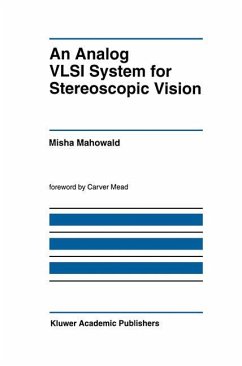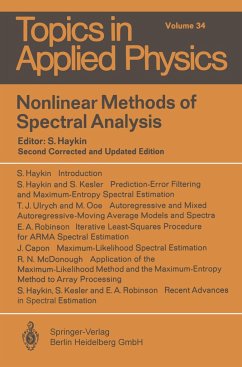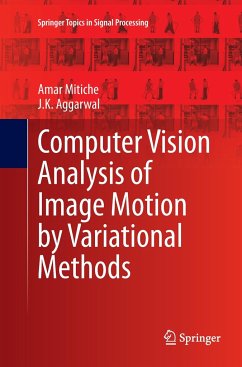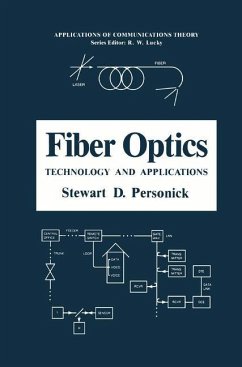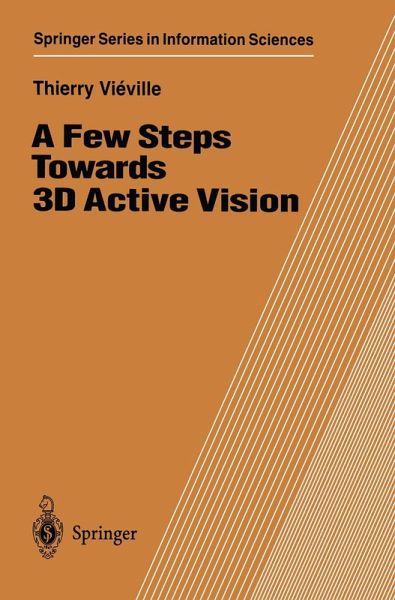
A Few Steps Towards 3D Active Vision

PAYBACK Punkte
19 °P sammeln!
T. Viéville: A Few Steps Towards 3D Active Vision appears as Vol. 33 in the Springer Series in Information Sciences. A specific problem in the field of active vision is analyzed, namely how suitable is it to explicitly use 3D visual cues in a reactive visual task? The author has collected a set of studies on this subject and has used these experimental and theoretical developments to propose a synthetic view on the problem, completed by some specific experiments. With this book scientists and graduate students will have a complete set of methods, algorithms, and experiments to introduce 3D vi...
T. Viéville: A Few Steps Towards 3D Active Vision appears as Vol. 33 in the Springer Series in Information Sciences. A specific problem in the field of active vision is analyzed, namely how suitable is it to explicitly use 3D visual cues in a reactive visual task? The author has collected a set of studies on this subject and has used these experimental and theoretical developments to propose a synthetic view on the problem, completed by some specific experiments. With this book scientists and graduate students will have a complete set of methods, algorithms, and experiments to introduce 3D visual cues in active visual perception mechanisms, e.g. autocalibration of visual sensors on robotic heads and mobile robots. Analogies with biological visual systems provide an easy introduction to this subject.





